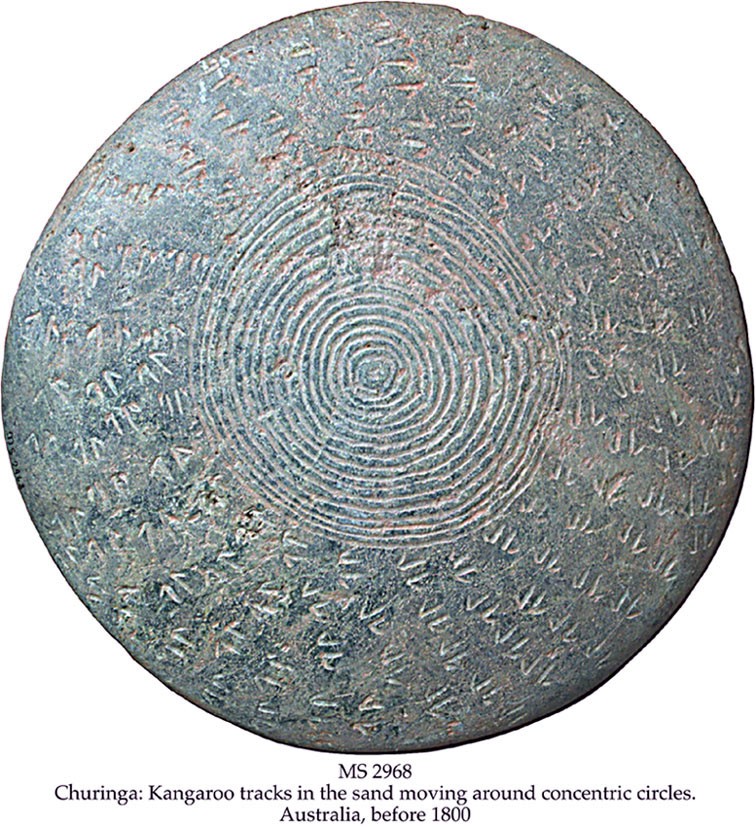Carl Jung and his secret stone

Soul Stones
From A Thousand Voices: It takes a Thousand Voices to Tell a Story
Reverend Anthony David
Jung 6, 2010
When Jung was ten, and feeling particularly alienated from his school-mates, and therefore at odds with himself, he found himself doing something with the “yellow, varnished pencil case of the kind commonly used by primary-school pupils, with a little lock and the customary ruler. At the end of this ruler,” he says,
“ I now carved a little manikin, about two inches long, with a frock coat, top hat, and shiny black boots. I colored him black with ink, sawed off the ruler, and put him in the pencil case, where I made him a little bed. […] In the case I also placed a smooth, oblong blackish stone from the Rhine, which I had painted with water colors to look as though it were divided into an upper and lower half, and had long carried around in my trouser pocket. This was his stone. All this was a great secret. Secretly I took the case to the forbidden attic at the top of the house (forbidden because the floorboards were worm-eaten and rotten) and hid it with great satisfaction on one of the beams under the roof—for no one must ever see it! >[…]
In all difficult situations, whenever I had done something wrong or my feelings had been hurt … I thought of my carefully bedded-down and wrapped-up manikin and his smooth, prettily colored stone.” Jung continues, “The meaning of these actions, or how I might explain them, never worried me. I contented myself with the feeling of newly-won security, and was satisfied to possess something that no one knew and no one could get at.” Jung goes on to say that, even as this moment “formed the climax and conclusion of his childhood,” he soon forgot about it completely until he was thirty-five, doing research for his book Psychology of the Unconscious, and he encountered accounts of “soul stones” found in ancient ruins near Arlesheim, Germany, as well as among the aboriginal tribes in Australia, half a world away. The realization hit him like a ton of bricks.
They were stones that looked exactly like his stone. As for the manikin, Jung found echoes of it in ancient Greece, in the form of the little cloaked God Telesphoros. All these echoes ended up surfacing the long-forgotten episode from his tenth year—and this is when, for the first time, he says, he developed the idea that, at bottom, far below ego consciousness, and below personal memories that have become unconscious, there is something deeper, a Larger Life, not personal but collective, ancient wisdom, two million years in the making, upon which we build our lives here and now. This must have been the source he was tapping into as a child of ten, when he did what he did, because no book read, no experience, nothing else in his life could have been. (more)
Link: Finding the Right Stone
